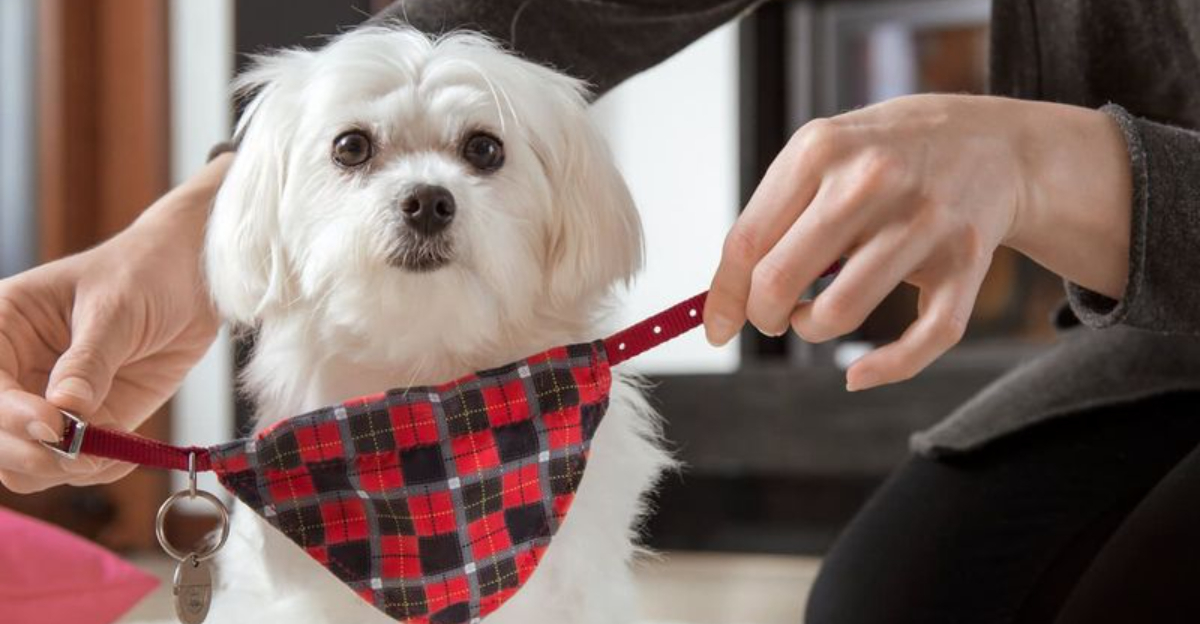New York is a dog lover’s dream, but its pet laws?
Well, they’re full of surprises! From unexpected fashion requirements to rules about your dog’s bathroom habits, the Empire State has some quirky regulations that even seasoned dog owners might not know about.
Whether you’re a lifelong New Yorker or just visiting with your pup, understanding these unusual laws will save you from fines and ensure your furry friend stays in the good graces of the law.
Ready to uncover the rules that could impact your dog’s life in the Big Apple? Keep reading!
1. No Doggy Tattoos or Piercings Allowed
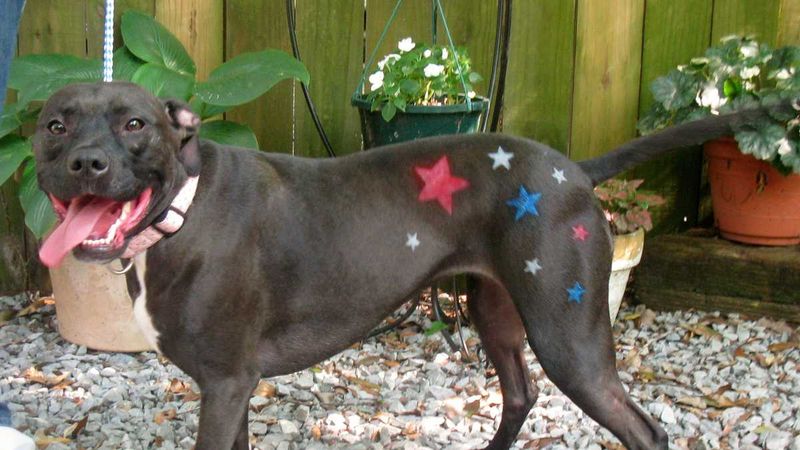
Thinking about inking your poodle with matching tattoos? Think again! New York became the first state to ban pet tattoos and piercings in 2014. The law makes it a crime to pierce or tattoo companion animals except for identification or medical purposes.
Violators face up to 15 days in jail and a $250 fine. The legislation came after a Brooklyn tattoo artist posted photos of his tattooed dog online, causing public outrage.
Even temporary tattoos using vegetable dyes or creative grooming colors don’t get around this rule. Your dog’s body art will have to remain limited to fashionable collars and cute bandanas instead.
2. Puppy License Deadline
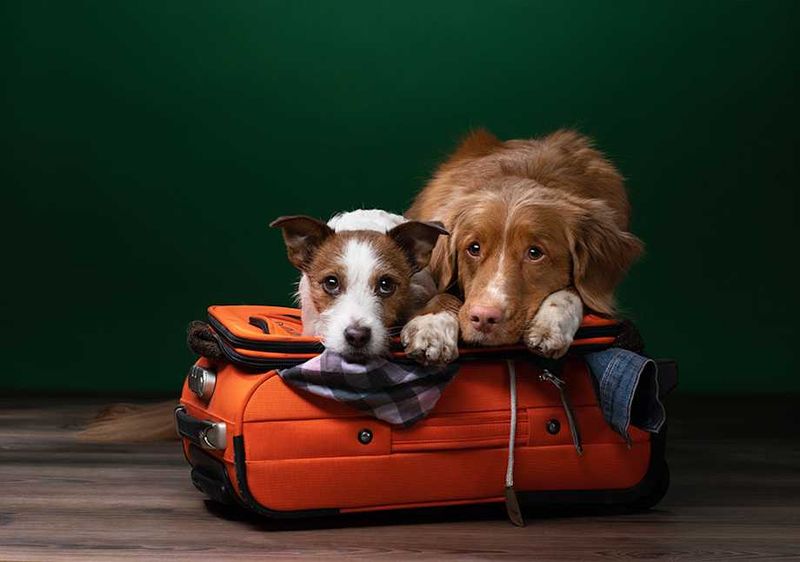
Your adorable bundle of fluff might still be learning basic commands, but New York State demands they get official paperwork before they’re even fully potty trained. All dogs must be licensed by 4 months old – barely past the puppy stage!
This early licensing requirement catches many new dog parents by surprise. The law exists to ensure rabies vaccination compliance and to help return lost dogs to their owners.
Fees vary by municipality, but typically range from $8-15 for spayed/neutered dogs and higher for intact dogs. Some areas offer discounts for seniors and service dogs, but nobody gets a pass on the paperwork deadline.
3. Leash Law Lottery
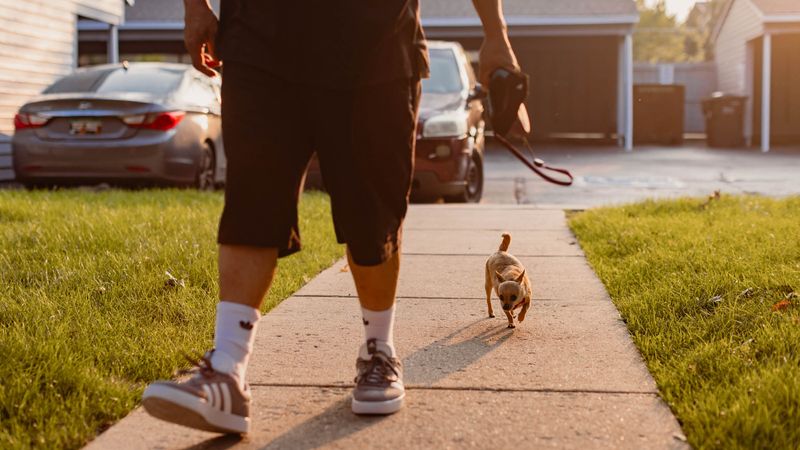
One minute you’re legal, the next you’re breaking the law – all because you crossed an invisible boundary line! New York’s leash laws aren’t standardized across the state, creating a confusing patchwork of regulations.
In New York City, dogs must be leashed at all times in public except in designated dog runs or during specific off-leash hours (generally 9pm-9am) in certain parks.
But drive upstate, and the rules change drastically. Some towns require 6-foot leashes, others 8-foot, and some rural areas have no leash requirements at all. Smart dog owners research local leash laws before visiting new areas with their pets.
4. Tag, You’re It!
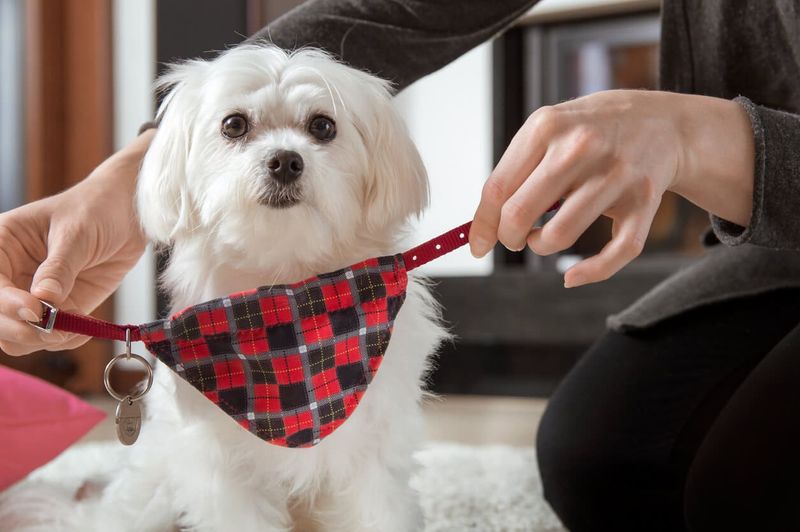
Last week my neighbor’s Retriever slipped out without his collar and spent a night at the local shelter despite having a microchip. Why? Because in New York, your dog must wear a collar with their license tag whenever they’re off your property.
This law applies even if your dog is microchipped. The visible tag requirement helps animal control officers quickly identify licensed dogs without needing a scanner. Tags must display the official license number issued by your municipality.
Some New Yorkers get creative with decorative collar slides that hold the official tags while adding a fashion statement. Just remember, no matter how stylish, that tag must remain visible and attached at all times.
5. Scoop The Poop (Or Pay Up)
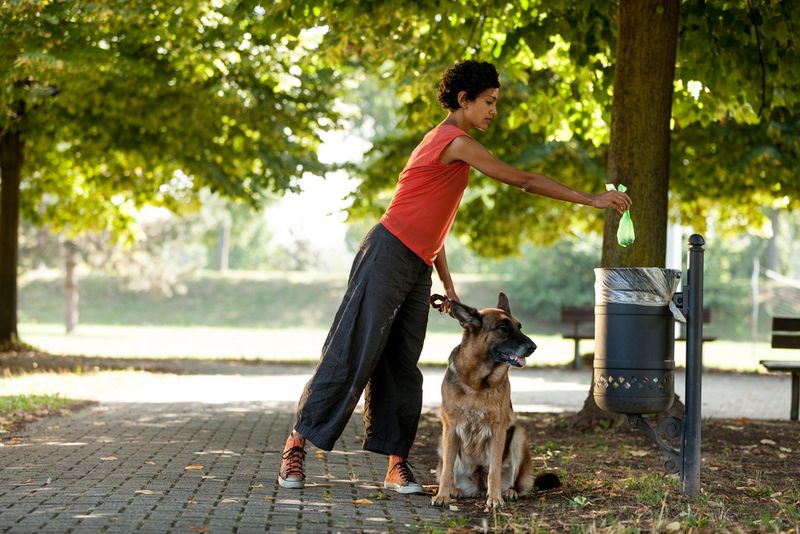
The infamous “pooper scooper” law isn’t just good manners – it’s serious business in New York. Dog owners must clean up after their pets in public places, with fines ranging from $100 to $250 for first offenses.
New York City pioneered this legislation in 1978, becoming the first major U.S. city to require dog waste cleanup. The law applies to all public areas including streets, sidewalks, parks, and even building courtyards.
Interestingly, some NYC buildings now use DNA testing to match unclaimed waste to the responsible dogs! Pro tip: Always carry extra waste bags. The “I forgot my bags” excuse won’t save you from a fine.
6. ID Your Canine Companion
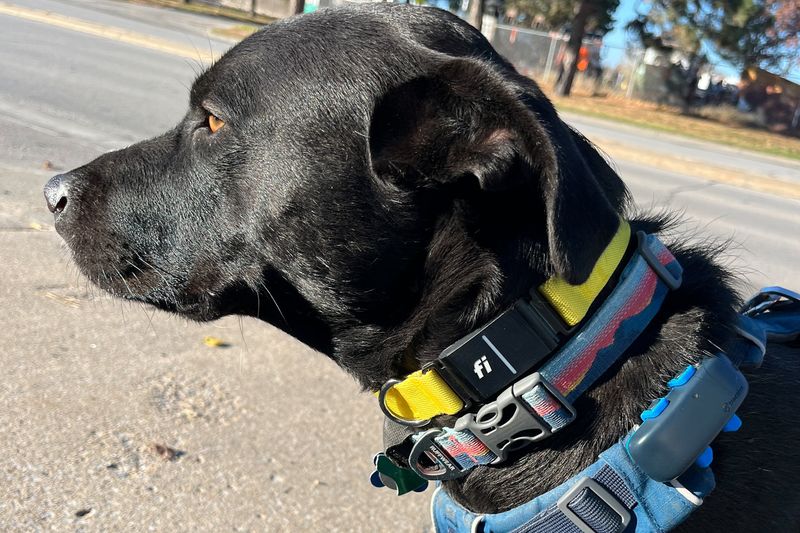
Your dog must be identifiable when roaming beyond your property lines in New York. This means more than just having a cute name tag – they need official identification that can be traced back to you as the owner. Acceptable ID forms include license tags, tattoos (the medical kind, not decorative!), or microchips.
This requirement becomes critical during emergencies like natural disasters when pets and owners often become separated.
I learned this importance firsthand during a power outage when my friend’s dog bolted through an unlatched gate. Thanks to proper ID, they were reunited within hours instead of days. The law protects both the public and your beloved pet.
7. Rabies Shots: Non-Negotiable
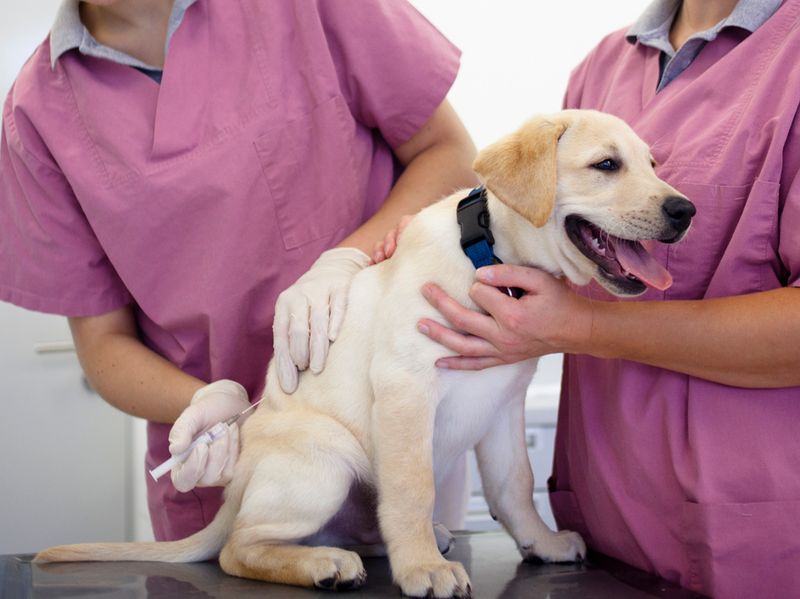
Feel like skipping your dog’s rabies vaccination? The state of New York says absolutely not! All dogs over 4 months old must be vaccinated against rabies – no exceptions, even for indoor-only pets.
This strict requirement exists because rabies is nearly 100% fatal once symptoms appear, and New York still reports wildlife rabies cases annually. Dog owners must maintain proof of current vaccination and be prepared to show documentation if requested by authorities. Vaccination schedules vary based on the type of vaccine used.
Initially, puppies receive a one-year vaccine, but subsequent shots typically provide three years of protection. Mark those calendar dates – missing rabies vaccine renewals can result in fines!
8. Dangerous Dog Detention

Your dog might be family to you, but if he’s deemed dangerous by New York authorities, he’ll face strict restrictions. Dogs officially classified as dangerous must be confined indoors or within a secure, locked enclosure with warning signs posted. When outside this enclosure, these dogs must be leashed and muzzled at all times.
The classification process typically follows a documented bite incident or threatening behavior, requiring a court hearing where evidence is presented. The law aims to balance public safety with pet ownership rights.
Owners of dangerous dogs face higher insurance requirements and may need to complete special training courses. Some municipalities even require specific colored collars to visually identify dogs with dangerous histories.
9. NYC’s Spay/Neuter Mandate
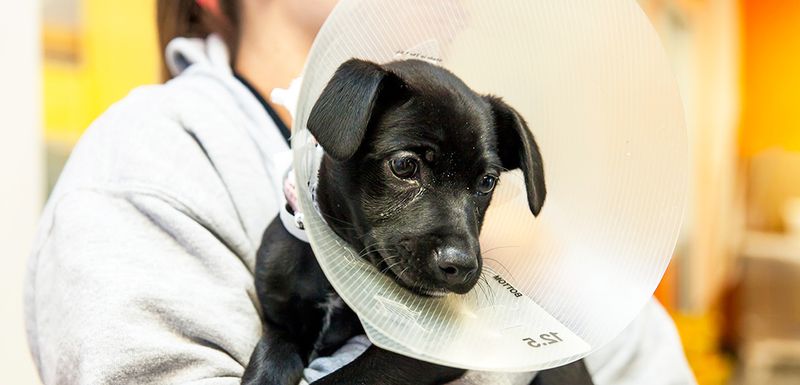
Planning to adopt in the Big Apple? Your new furry friend will come already “fixed.” New York City mandates that all dogs (and cats) must be spayed or neutered before being adopted from shelters or rescue organizations.
This 2000 law aims to reduce the city’s stray population and euthanasia rates. The requirement applies to animals as young as eight weeks old, provided they weigh at least two pounds. Exceptions exist only for animals with medical conditions that make surgery dangerous.
The law has dramatically reduced unwanted litters in NYC. Most adoption fees include the cost of this procedure, which would otherwise run $200-500 at private veterinary practices. Adopters receive medical records documenting the surgery.
10. Annual License Renewal

Dog licenses in New York aren’t one-and-done – they require yearly renewal, creating an annual paperwork ritual for pet parents across the state. The renewal process varies by municipality, with some areas offering convenient online systems while rural towns might still require in-person visits.
License fees typically fund animal control services, shelter operations, and dog parks. Many owners mark their calendars when they receive their dog’s birthday treats, knowing the license renewal follows closely behind. Late renewals often incur penalty fees, sometimes doubling the original cost.
Some jurisdictions have even implemented automatic renewal systems that charge your credit card annually, similar to subscription services, making compliance easier for busy pet owners.
